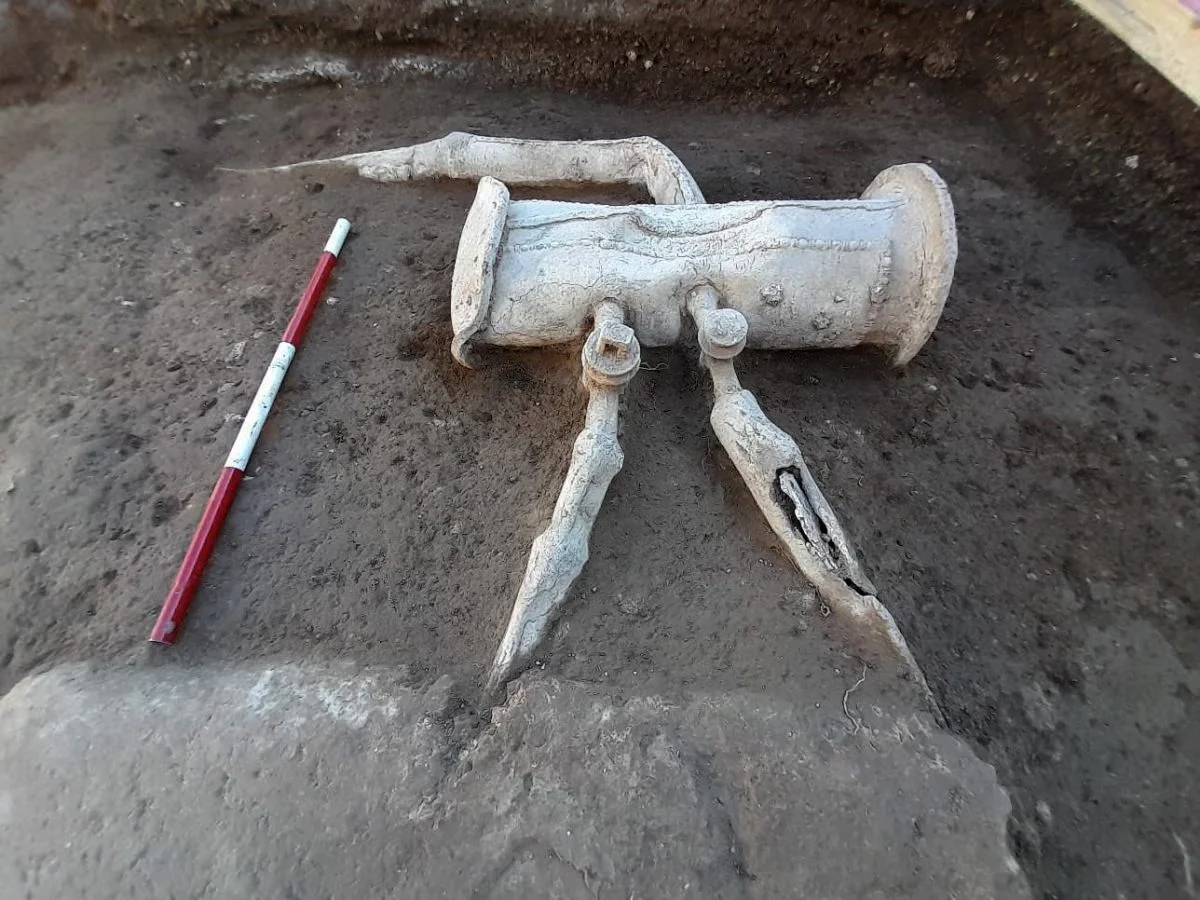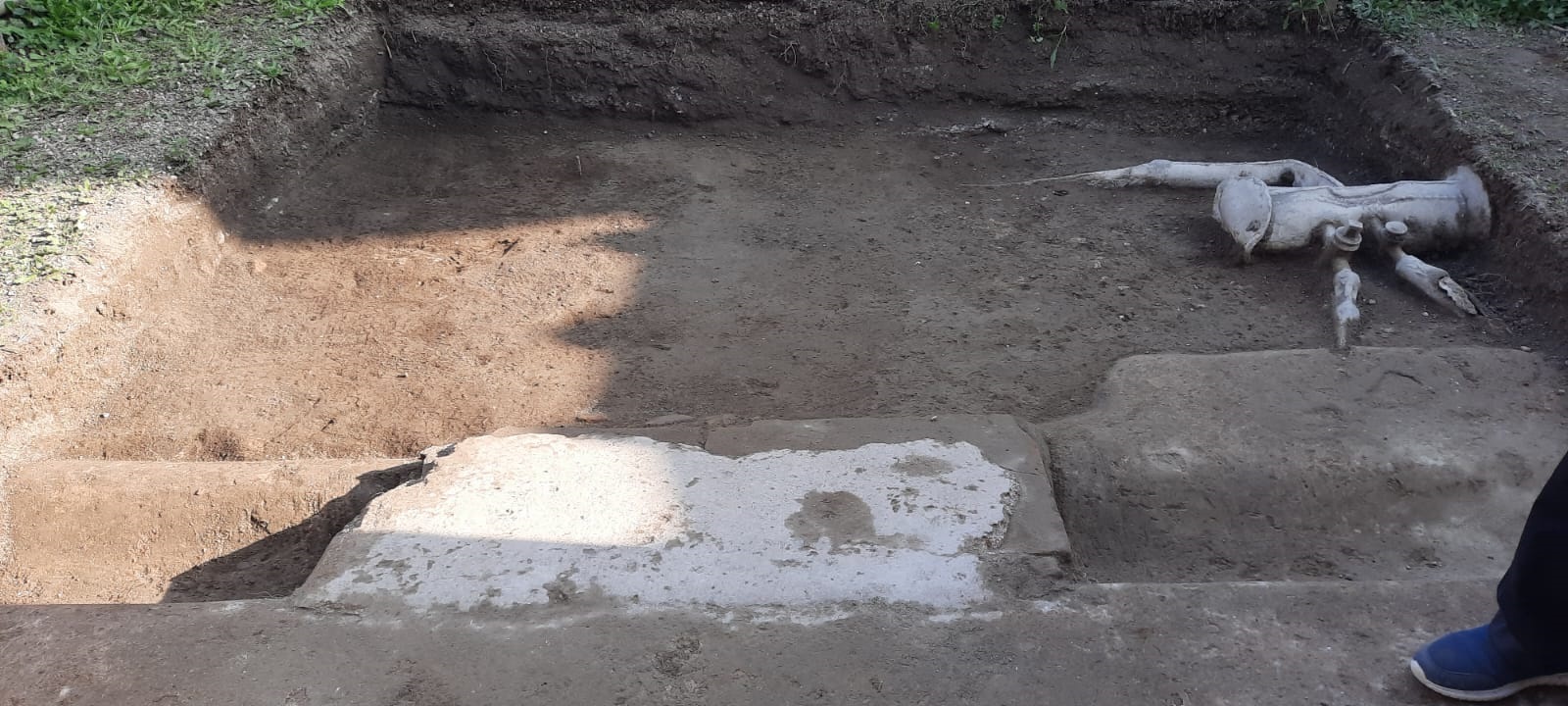A recent discovery in Stabiae, Italy, has revealed a well-preserved section of a Roman water supply system, offering new insights into the engineering brilliance of ancient Rome. This finding emphasizes the advanced infrastructure that supported Roman cities and their inhabitants, showcasing how critical water distribution was to urban life.
Roman Engineering Mastery: Water Supply in Stabiae
The unearthed section includes aqueducts, terracotta pipes, and stone channels designed to transport water into the town from distant sources. Roman engineers utilized a sophisticated network that ensured a continuous supply of fresh water for various purposes—drinking, bathing, and sanitation. This discovery highlights not only the Romans’ technical skills but also their ability to design practical and efficient systems tailored to the needs of each city.

The Role of Water in Roman Daily Life
The water supply system was vital for maintaining public health and hygiene in Stabiae. With access to clean water, the town supported public baths, fountains, and private homes, which were central to Roman social life. These infrastructures not only improved living standards but also contributed to the prosperity of the city.

Preserved by Pompeii’s Tragedy
Stabiae, like Pompeii and Herculaneum, was buried by the eruption of Mount Vesuvius in 79 CE, preserving its architecture and infrastructure for future study. The well-preserved state of the water supply system offers a rare opportunity to understand how Roman cities were designed and maintained, ensuring their long-term sustainability.

A Legacy of Roman Innovation
The discovery of this water system underscores the technological advancements that allowed Rome to thrive. As excavations continue, this site promises to provide further insights into Roman urban planning and the engineering solutions that supported their empire’s expansion. The water supply system of Stabiae serves as a lasting testament to Roman ingenuity, influencing modern infrastructure design to this day.

